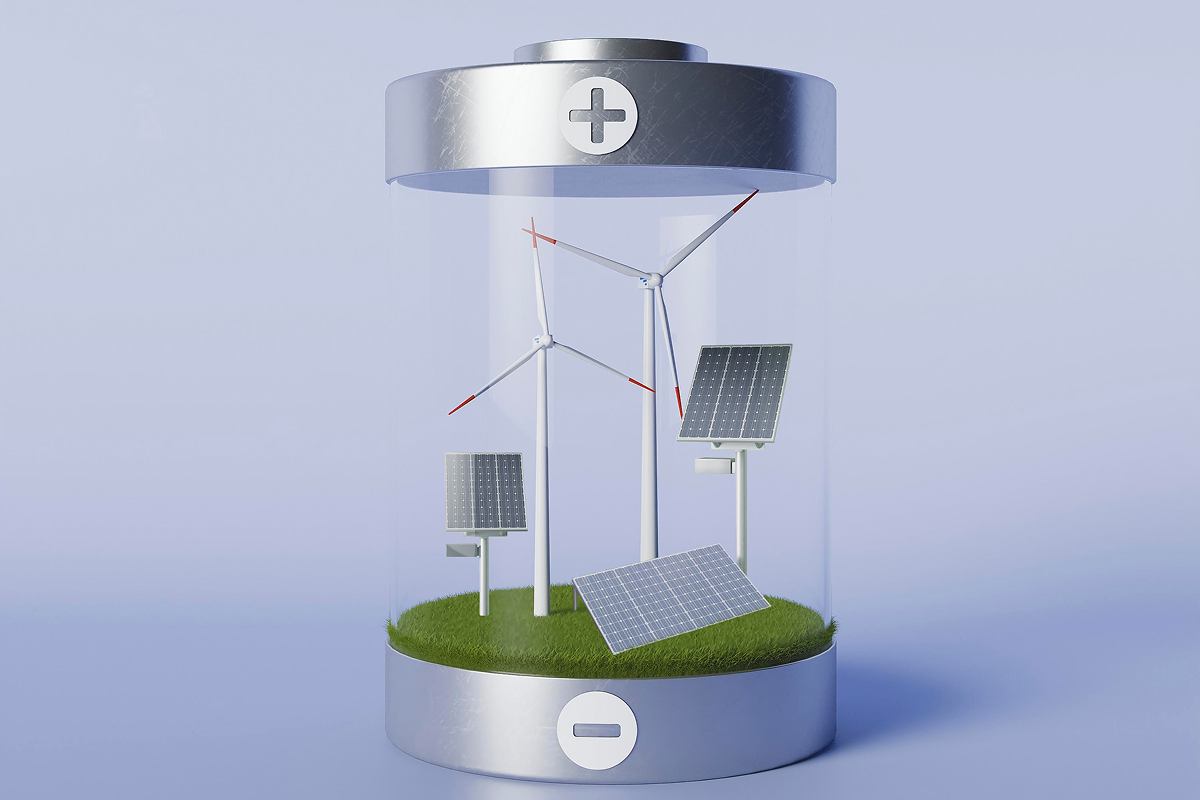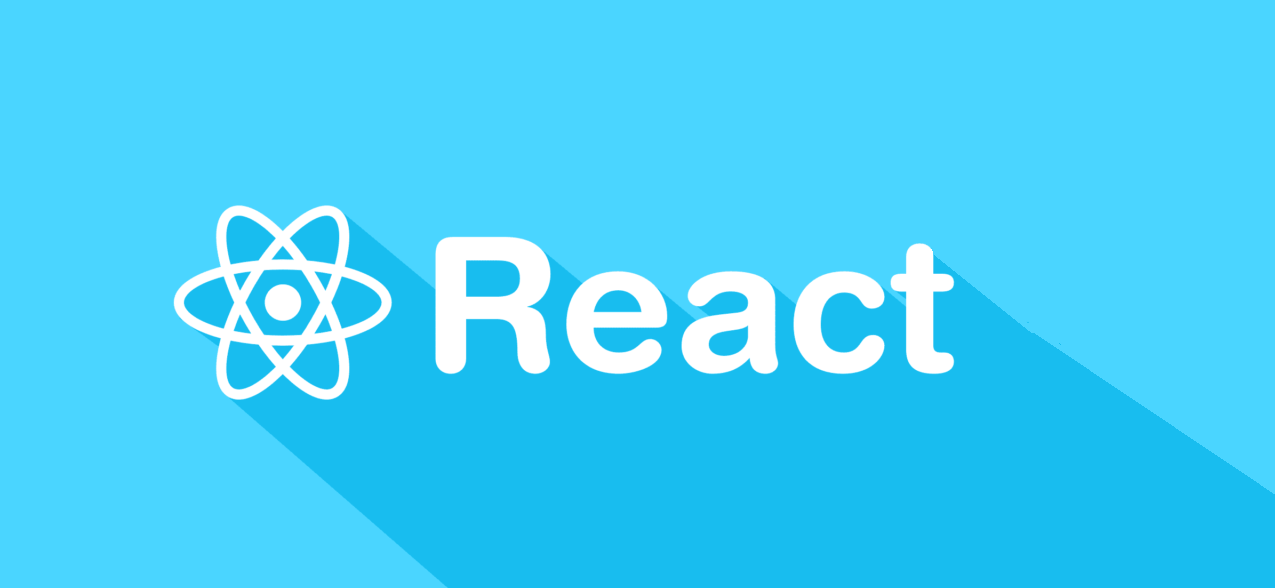
What Is Energy as a Service (EaaS)? Outsourced Energy Management Explained
Defining Energy as a Service: Exploring the Essentials
Creating a comprehensive and sustainable solution for improving traditional energy management is one of the daunting tasks for entrepreneurs and engineers. In turn, energy as a service companies have tackled several challenges by introducing third-party providers that advance cost-effective and sustainable utilities. This innovative approach allows customers to pay for energy while promoting the latest low-carbon technologies. Arguably, the energy as a service concept contributes to decarbonization through the development of decentralized electrified energy systems designed to meet electricity demand in highly urbanized areas.
How the Energy as a Service Model Works
Traditional utility contracts have proven to be complex and inefficient due to factors like bureaucracy, risk management, maintenance, and upfront costs. Energy as a service companies offer a pay-for-performance model, where providers are responsible for maintaining, owning, and paying for the equipment. This solution resolves challenges related to infrastructure ownership and access to energy devices, and customers make scheduled payments for the services used. Energy as a service can be summarized as outsourcing the ownership and management of assets while offering flexible contracting to advance scalable systems.
Benefits of EaaS
EaaS providers embrace an innovative approach to managing energy infrastructure and service delivery processes. Specifically, it is a sustainable model that optimizes resource consumption and distribution through the latest innovations and projects. These contractors resolve the next challenges:
1. Performance Risks. Energy as a service companies are responsible for compliance with regulatory requirements and climate disclosure laws. By owning infrastructure and energy assets, providers manage all end-to-end risks.
2. Management and Installation. Traditional models do not have clear standards for delegating maintenance work and cost distribution. In contrast, EaaS providers receive payments while executing all essential operations to meet contractual obligations and quality of services.
3. Service Payment. By replacing upfront payments with a pay-for-performance model, Energy as a service companies have optimized costs while minimizing bureaucratic burdens on customers. This solution also improved planning and scaling of energy infrastructure by trusting these operations to the provider.
4. Energy Equipment Solutions. The energy as a Service market offers scalable and innovative models for businesses and customers, which further encompass customizable and cutting-edge technologies. From energy supply solutions to digital energy management platforms, providers maintain the highest quality of energy services achieved through product differentiation and the competitive nature of the EaaS market.
Examples of Energy as a Service Projects
Energy outsourcing consists of niche services tailored to specific needs and customer types. Thus, the Energy as a Service market has different providers that target unique challenges among commercial or industrial enterprises. Service projects can include, but are not limited to:
- Energy Storage Solutions. Energy storage as a service is one of the leading EaaS solutions, which provides battery storage systems to customers. Providers, in turn, install and maintain assets by receiving payments for stored energy.
- Solar Energy Services. This model offers the latest technologies designed for generating solar energy. Providers are responsible for maintenance and installation works, while the customer pays a fee for electricity consumed.
- Lighting Solutions. Similarly to the energy storage as a service model, companies install and maintain lighting systems in commercial and industrial organizations.
- Decarbonization Consultations.
- Energy Management. Providers offer guidance and create sustainable development plans for customers. The energy efficiency as a service model also introduces innovative financial tools to optimize energy consumption, increasing cost control.
- Heating and Cooling Services. Energy as a service providers focus on the deployment of heating and cooling systems.
Why Energy as a Service Matters: Business and Environmental Impact
According to the article, small and medium-sized enterprises (SMEs) have experienced rapid digitalization during the COVID-19 outbreak. While SMEs are responsible for economic growth, these transformations further necessitate sustainable solutions to minimize adverse impacts on the environment. Energy as a service companies constitute a crucial link between enterprises and utility services, as their solutions minimize total costs while meeting the sustainability standards. With the current rise of AI technology, businesses require flexible and cost-effective services, making EaaS providers essential partners in balancing operational efficiency and environmental goals.
Bridging the Energy Efficiency Gap with EaaS Solutions
The study admits that an AI-focused data centre consumes as much electricity as 100,000 households. While this matter is one of the leading factors in creating energy efficiency challenges, the surge of AI technologies can revitalize the market. The existing providers and emerging startups focus on bridging this gap by promoting sustainable energy models while managing bureaucratic and financial pressures.
How Energy as a Service Supports Renewable Energy Adoption
Most energy as a service companies embed sustainable solutions as a part of their differentiation strategy. Moreover, traditional energy systems do not meet sustainable regulations, while their modernization is a costly decision for organizations. Energy as a service business model is a scalable and sustainable alternative that prioritizes renewable energy to manage these challenges. For instance, German startup Reshape Energy offers end-to-end solutions for building owners by updating their energy systems.
EaaS and Corporate Sustainability: A Strategic Fit
Energy as a service companies actively innovate solutions for meeting current demand in utility and energy services. Providers create original projects to drive efficiency and minimize upfront costs, which is essential in the context of increasing energy efficiency and electricity prices. Energy as a service market offers niche and industry-tailored providers that can tackle the ongoing challenges without compromising sustainable development.
Opportunities, Challenges, and the Future of Energy as a Service
The energy as a service business model adds flexible payment with minimized paperwork and legal requirements. For instance, another leading startup, Lun Energy, demonstrates how AI and EaaS solutions can automate reporting while adjusting heat systems in a household or facility. Compared to traditional electricity utilities, energy as a service companies proactively improve the efficiency of systems by incorporating decarbonizing and energy-saving technologies.
Industries That Benefit Most from Energy as a Service
While the manufacturing industry leads the list, the energy as a service market offers its solutions to different types of customers. Metrus, a leading EaaS provider, outlines commercial and institutional customers as primary customers who prioritize clean energy and energy efficiency projects. Specific industries that can benefit from EaaS solutions include:
- Healthcare
- Educational Institutions
- Automotive Industry
- Real Estate
- Data Centers
- Logistics
- Food Industry
- Telecom Industry
Furthermore, the increasing role of ESG substantially contributes to the implementation of energy efficiency solutions. The energy as a service business model embraces a comprehensive approach to supporting the ongoing transformation of the energy sector while providing sustainable services for different types of customers.
Challenges in Implementing Energy as a Service
A third-party provider still has specific limitations, which may result in several challenges. These considerations further affect demand in energy solutions despite the energy as a service market potential and its positive impact on the environment. These challenges can be summarised as follows:
1. Limited Control. Depending on the customer’s needs and organization type, limited control over asset management can be disadvantageous.
2. Increasing Dependence on a Provider. Vendor lock-in is one of the most challenging aspects in maintaining productive collaboration with the contractor, which affects the interoperability and exit barriers.
3. Transparency Concerns. There are risks related to measurements and verifications, and customers may dispute performance metrics or baseline assumptions.
It is reasonable to admit that the energy as a service business model also has financial risks due to long-term service contracts. With market volatility and price fluctuations, customers hesitate to use EaaS services, as it is difficult to make specific projections for five years or more.
EaaS Trends and Market Forecasts
Despite the challenges in adopting EaaS solutions, the market forecasts demonstrate a positive and strong growth tendency. The report suggests that the global energy as a service market size has reached a value of $74.43 billion in 2024. Additionally, the source also admits an increasing role of IoT and smart grid in advancing energy as a service technologies. The energy market also emphasizes the leading impact of ESG standards, which is another contributing factor to the growth.
EaaS Opportunities for Entrepreneurs and Investors
Based on the projections, 2025 is an excellent time for investing in EaaS solutions. Moreover, recent years have demonstrated the rise of energy as a service startups. Entrepreneurs can take advantage of a growing market demand, favorable regulatory shifts, and advancements in digital technologies. Such opportunities allow providers to build scalable, subscription-based energy solutions that meet both cost-efficiency and sustainability goals.
Leading Energy as a Service Providers in the Market
1. trawa
trawa is a German startup that actively promotes decarbonization and effective energy solutions. As one of the leading EaaS providers in Europe, this company recognizes the common challenges in adopting sustainable energy solutions by introducing PPA direct contracts.
2. everyone energy
The next startup showcases how this model can be adopted in practice. Moreover, everyone energy offers consultation services to support organizations in making decisions toward green energy investments. Automated energy advisory SaaS is one of the examples of how companies can use digital technologies to create sustainable products.
3. Hive Power
This company represents next-gen EaaS providers by offering subscription SaaS for grid operators and communities. By seizing the power of AI technology, Hive Power has designed a Flexo platform to project and manage energy costs. This brand is an excellent solution for EVs, batteries, and energy infrastructure.
4. Floral Energy
This startup supports clean energy initiatives while resolving potential energy bottlenecks with its services. Floral Energy incorporates AI to design intelligent energy management to tackle common issues. Additionally, this company offers its solutions to data centers, outlining growth directions for the energy as a service market.
Concluding Thoughts
Entrepreneurs and investors should consider the EaaS market as an excellent opportunity to start a business with a meaningful impact on society and the environment. The current digitalization with utility challenges creates a perfect momentum for designing tailored solutions to support sustainable development. The featured cases of successful energy as a solution startups indicate that new players can thrive in this evolving landscape, offering scalable paths to profitability while addressing climate and energy efficiency goals.
Frequently Asked Questions (FAQ)
Q: What are some notable examples of successful Energy-as-a-Service (EaaS) startups?
A: Examples include Kraftblock, Blixt, Grid Edge, and Sympower.
Q: What key technologies drive modern EaaS business models?
A: Core technologies include IoT sensors, AI for energy analytics, blockchain for smart contracts, battery storage, solar PV, and energy management platforms.
Q: What strategy should new entrants adopt to succeed in the EaaS market?
A: Focus on niche sectors, offer performance-based pricing, form strategic utility partnerships, and build scalable, tech-enabled services aligned with ESG and decarbonization trends.




